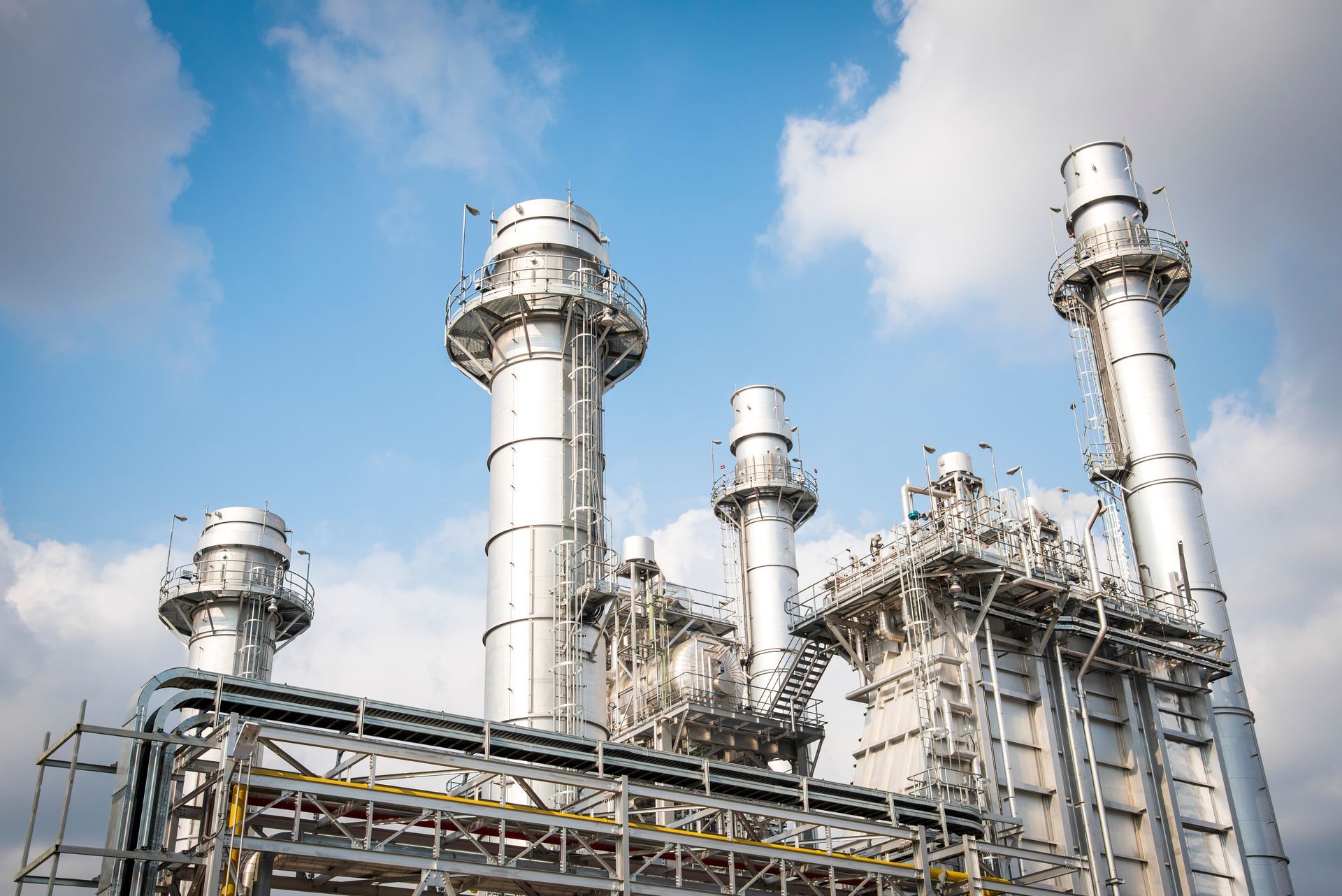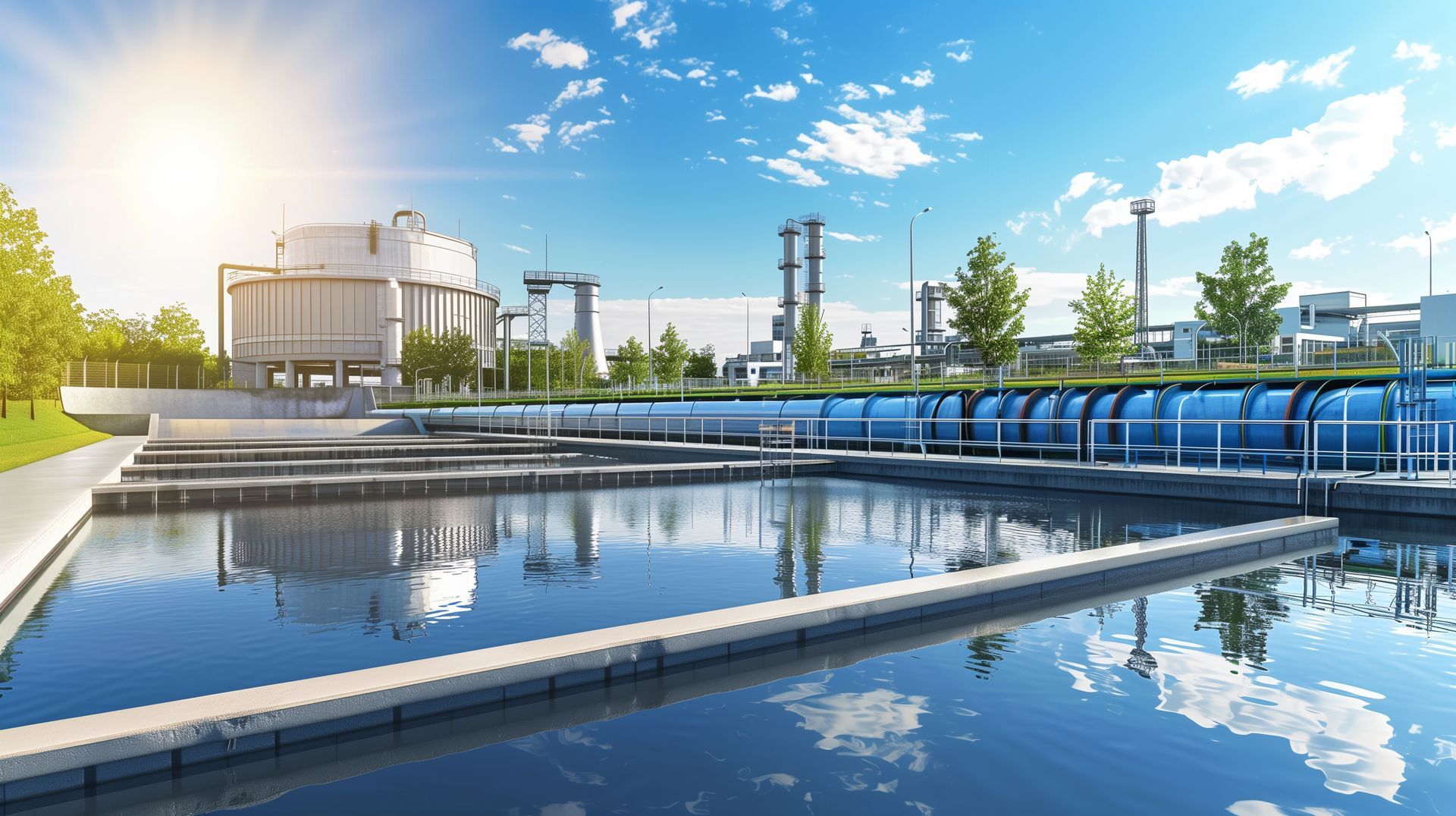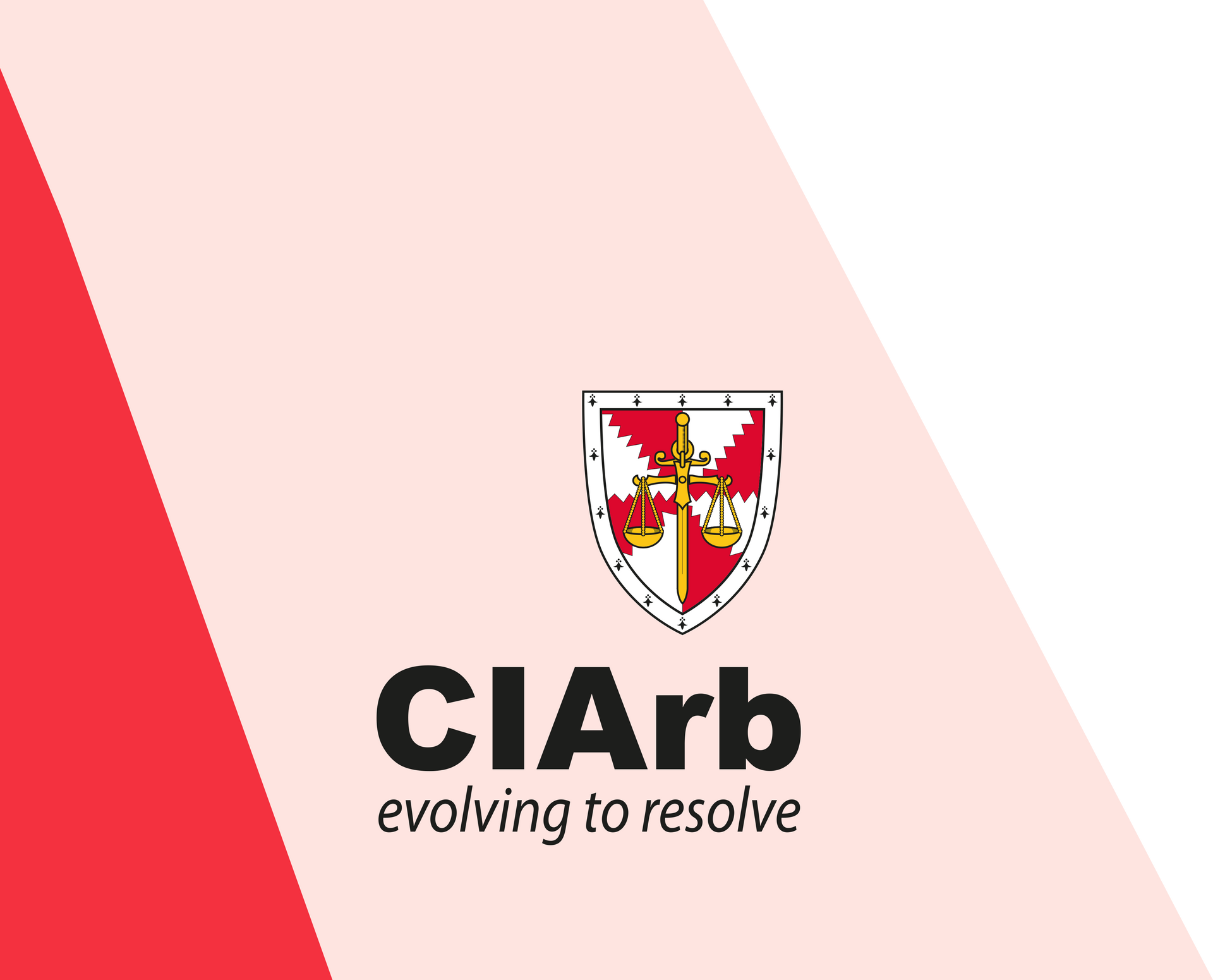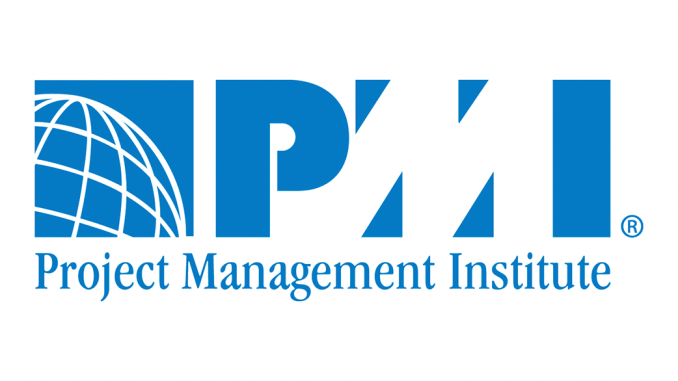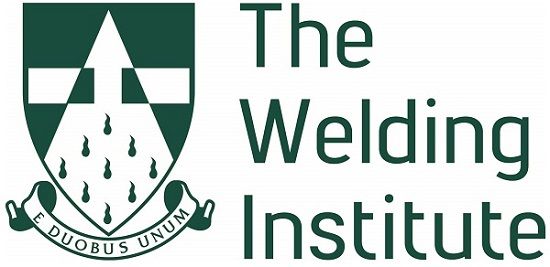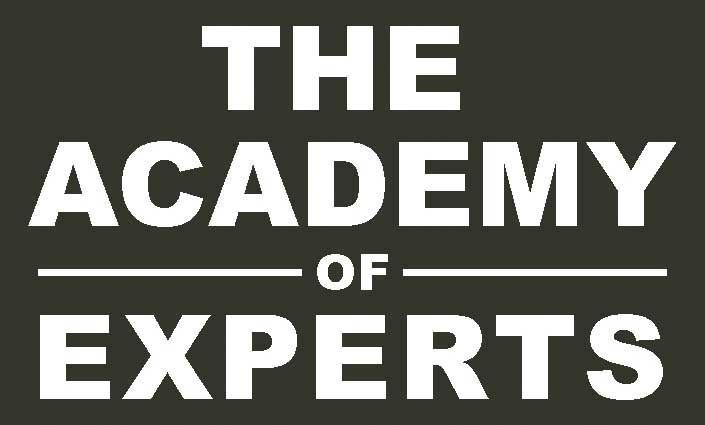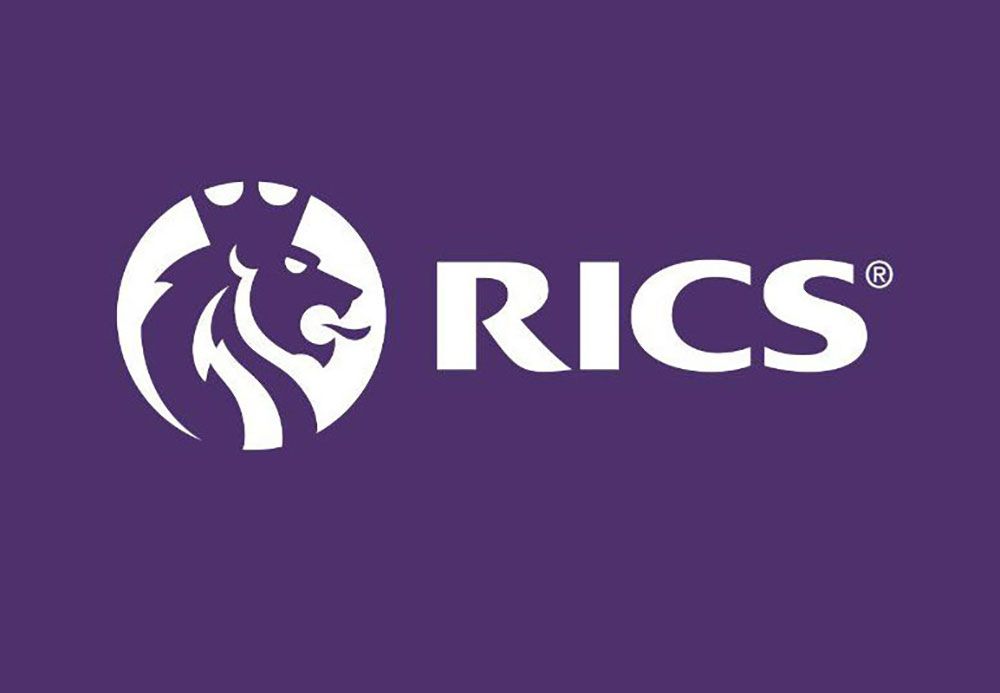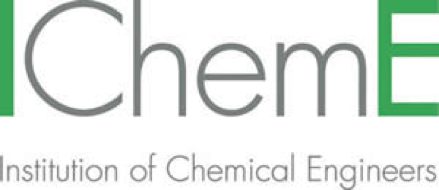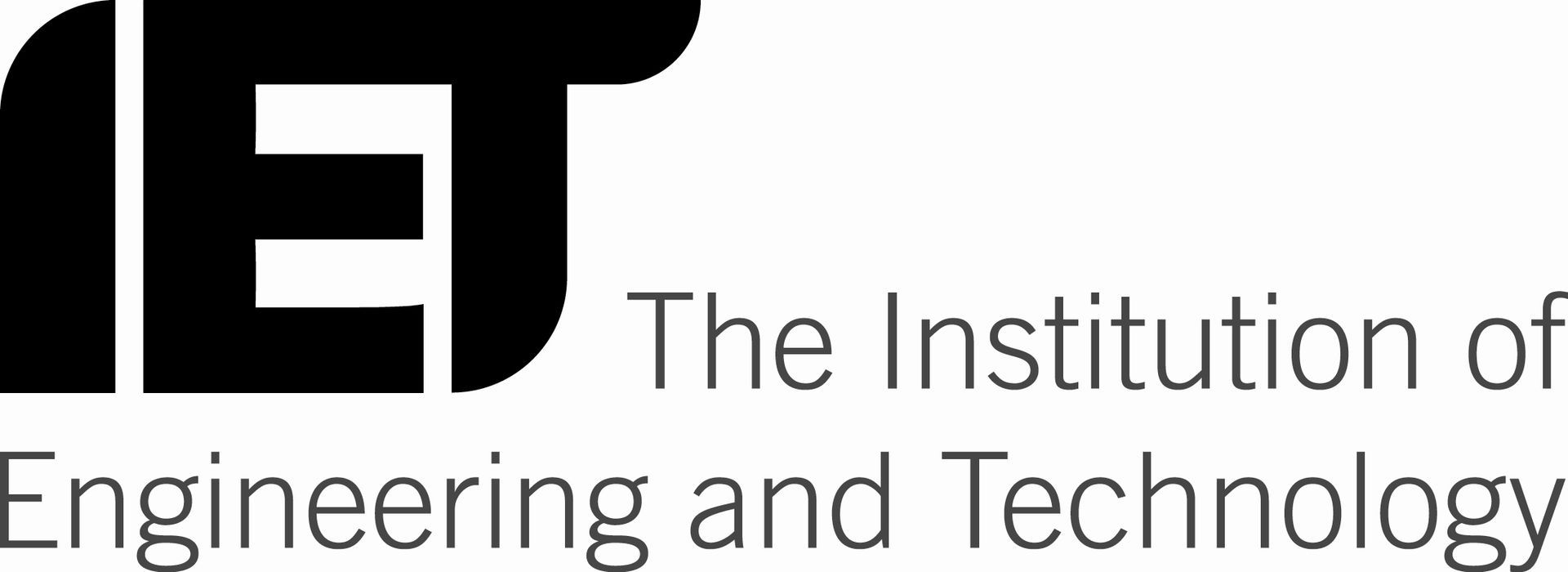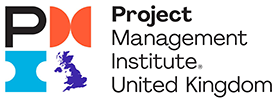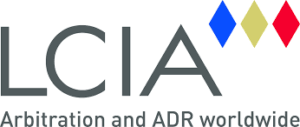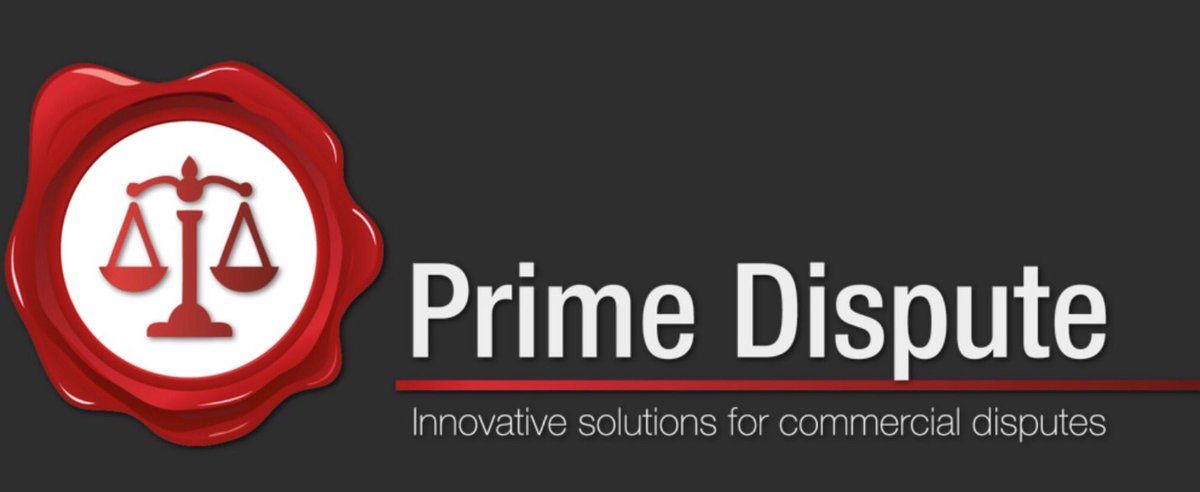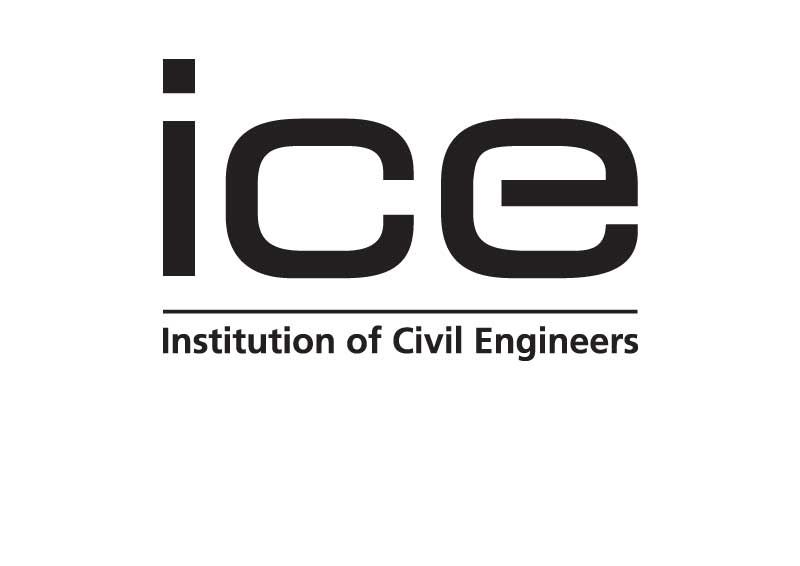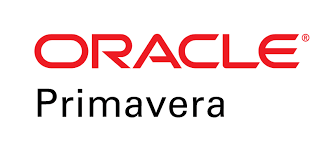Mitigating Cost Overruns in a Mega
Infrastructure Project
Case Study
Background
A multi-billion-dollar infrastructure project—a major metropolitan rail system—faced significant delays and cost overruns during its construction phase. The delays were caused by a combination of unforeseen site conditions, design changes, and contractor inefficiencies. These issues escalated into disputes between the project owner, contractors,
and subcontractors over responsibility for the delays, additional costs, and contractual compliance.
The stakes were high, with financial liabilities, project deadlines, and reputational impacts all hanging in the balance. DAC Consulting Services was engaged to provide a comprehensive forensic analysis to support dispute resolution and help bring the project back on track.

Challenges
The project presented several challenges that required detailed analysis and expert intervention:
1. Complex Project Scope: The rail system spanned multiple phases and included tunnels, bridges, stations, and supporting infrastructure.
2. Contributing Factors: Delays and cost overruns were caused by overlapping issues, including design changes, site conditions, and resource inefficiencies.
3. Disparate Records: Disparate and incomplete project documentation required advanced analytical methodologies to reconstruct a clear timeline of events.
4. Multiple Stakeholders: Resolving disputes involved navigating conflicting claims from contractors, subcontractors, and the project owner.
5. Legal and Financial Scrutiny: Findings needed to be defensible under cross- examination during arbitration proceedings.
DAC’s Role
DAC was engaged to conduct a thorough forensic analysis, combining delay and quantum
expertise to provide a clear, evidence-based und erstanding of the issues and their impacts.
Our role encompassed:
1. Forensic Delay Analysis:
- Analysed project schedules to identify delays on the critical path.
- Evaluated contemporaneous records, including progress reports, daily logs, and correspondence, to establish what events caused the delays.
- Used a Windows Analysis approach to isolate and assess specific periods of delay.
2.Quantum Analysis:
- Quantified the financial impact of delays, including increased resource deployment, extended equipment usage, and additional material costs.
- Evaluated claims for compensation from contractors and subcontractors, aligning findings with contractual terms.
3. Expert Reporting and Testimony:
- Delivered a comprehensive expert report summarising delay and quantum findings.
- Provided clear and defensible testimony during arbitration, addressing key issues raised by the opposing parties.

London (HQ) Office
Contact our expert team today for an initial consultation or advice on your requirement.
Methodology
DAC employed a combination of methodologies to address the project’s complexities:
1. Schedule Analysis:
- Conducted a critical path analysis to identify activities that directly impacted the project’s completion.
- Applied Time Impact Analysis (TIA) to evaluate the effects of specific delay events, such as site condition discoveries and late design approvals.
2. Quantum Evaluation:
- Utilised a fact-based approach to assess cost overruns, focusing on direct and indirect costs associated with the delays.
- Reconstructed financial data to calculate accurate claims for prolongation and disruption.
3. Stakeholder Engagement:
- Worked closely with the project owner and contractors to align findings with contractual obligations and project goals.
Outcome
DAC’s forensic analysis and expert testimony were instrumental in achieving an equitable resolution to the disputes. The findings demonstrated that:
- Design changes and unforeseen site conditions were the primary causes of delays, with partial responsibility shared between the project owner and contractors.
- Certain contractor inefficiencies contributed to resource productivity losses, impacting overall project costs.
As a result, the arbitral tribunal was able to:
- Allocate responsibility for delays and cost overruns based on evidence.
- Determine fair compensation for affected parties.
- Recommend process improvements for managing similar projects in the future.
The project resumed on an adjusted timeline, with dispute resolution restoring collaboration among stakeholders and preserving the integrity of the project’s objectives.

Key Takeaways
1.Integrated Expertise: Combining delay and quantum analyses ensures a holistic understanding of project disruptions and their impacts.
2. Proactive Engagement: Addressing disputes early and collaboratively helps minimise financial and operational risks.
3. Clarity in Findings: Delivering clear, concise, and defensible findings supports effective decision-making in arbitration or litigation.
4. Tailored Methodologies: Adapting analytical approaches to the complexities of the project ensures accuracy and relevance in findings.
5. Focus on Collaboration: Engaging all stakeholders in the process fosters alignment and reduces the likelihood of further disputes.
By leveraging DAC’s expertise, the client was able to mitigate financial exposure, realign project objectives, and successfully navigate one of the most complex infrastructure challenges in recent history.









